[Herald Interview] Bestselling author Lee Jung-myung on art of historical storytelling
Million-selling 'Painter of the Wind' released globally in English
By Hwang Dong-heePublished : May 21, 2023 - 20:08
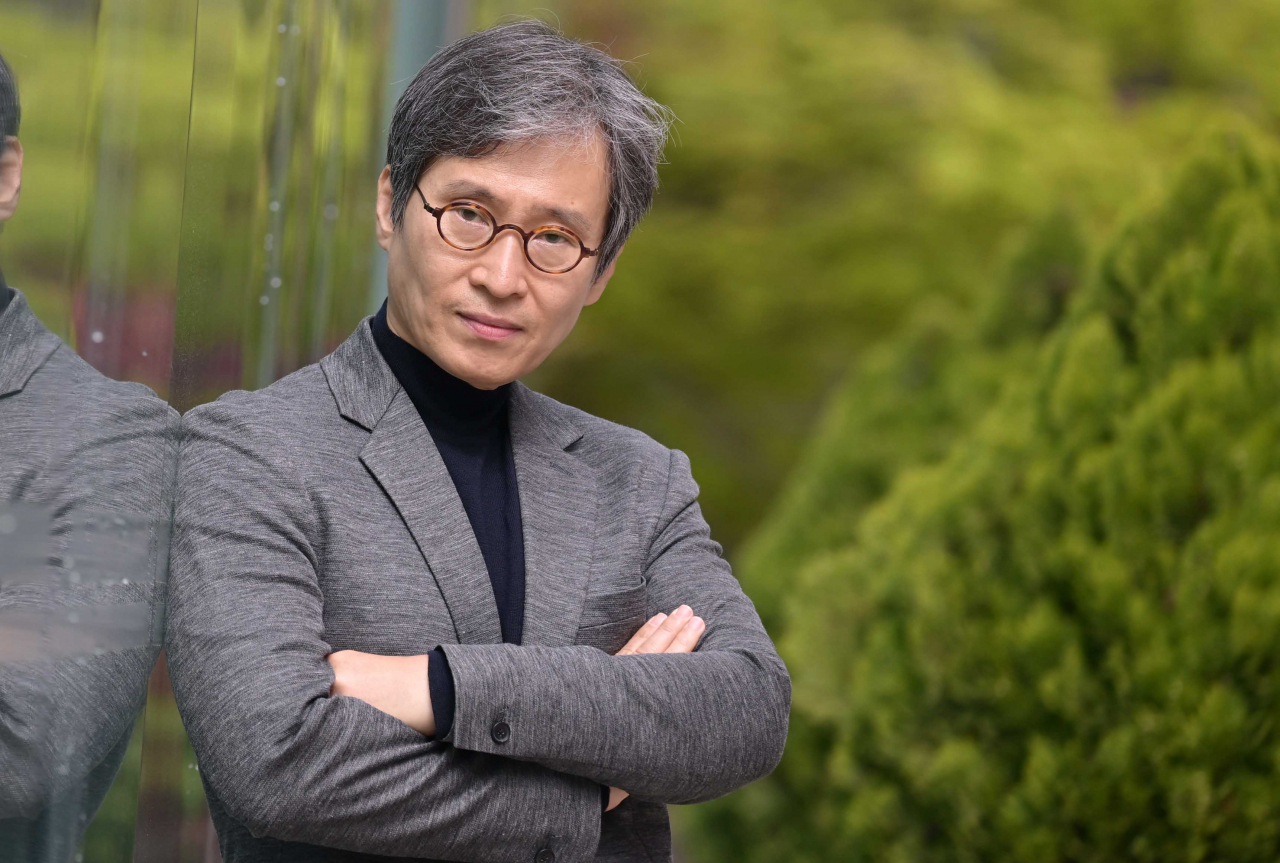
For bestselling author Lee Jung-myung, also known as J. M. Lee, writing is part of his everyday routine. Like an office worker, Lee commutes to his small studio in Seoul and works from 9 a.m. to 6 p.m. adhering to a typical work schedule.
The journalist-turned-author has described himself as “an office worker who writes” rather than a novelist. He conducts research, writes his stories and edits drafts during these working hours.
“I have grown accustomed to working in this manner, to the point where it has become a habit,” said Lee in an interview with The Korea Herald in April. “There’s a certain nervous excitement that kicks in when I step into my studio. … This mindset helps me stay focused on the work.”
An English edition of his 2007 novel “Painter of the Wind,” co-translated by Hannah Pang and Stella Kim, was released worldwide recently by Harriet Press.
The national bestseller that has sold over 1 million copies is Lee’s fourth novel to be published in English, following 2021 thriller “Broken Summer,” which made the New York Times’ list of best thrillers for the year in 2022.
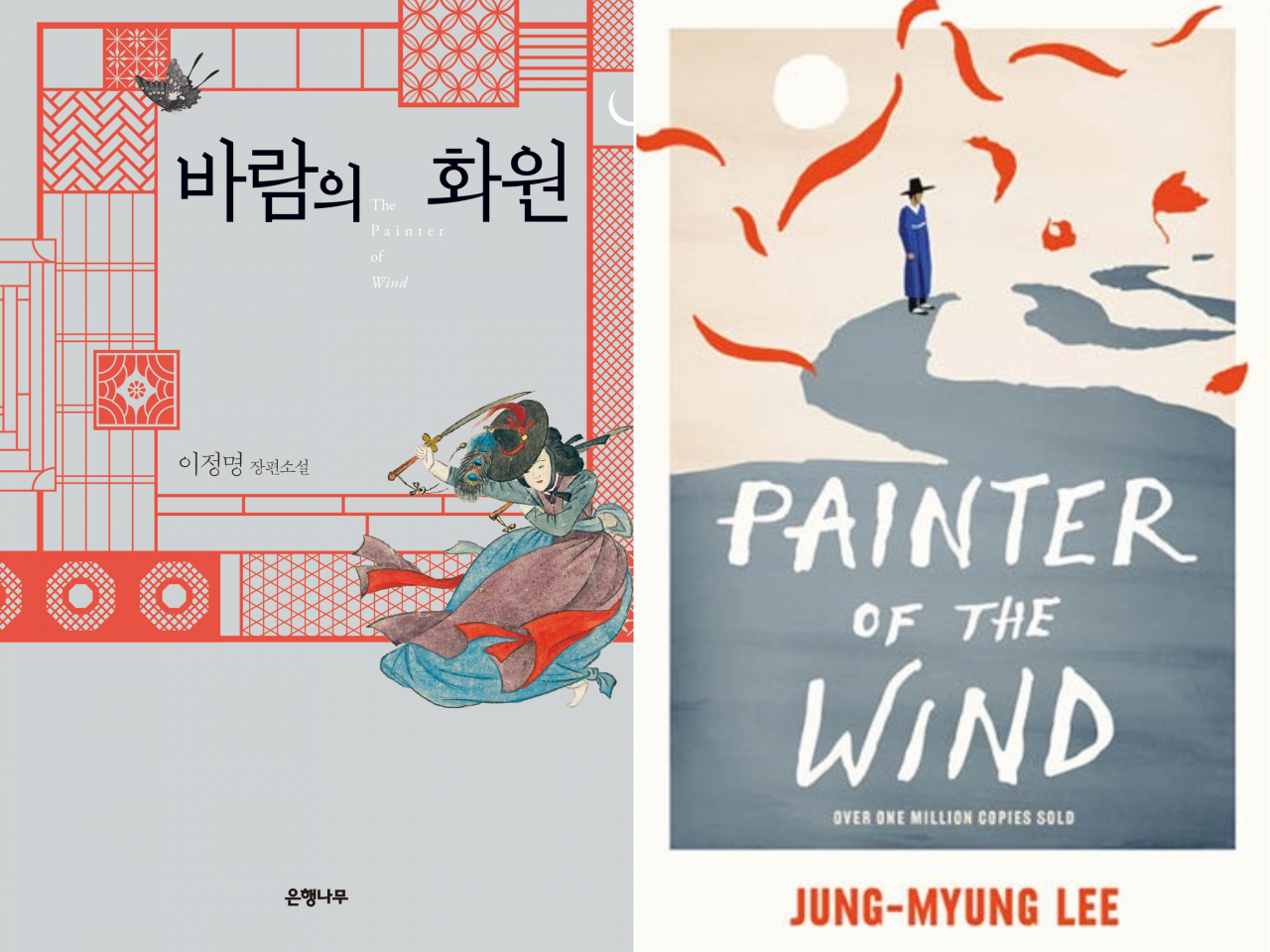
Set in the late 18th century during the Joseon era, “Painter of the Wind” follows celebrated Korean court painter Shin Yun-bok as recounted by his teacher, confidant and friend, Kim Hong-do, who is also a genius court painter. Shin faces difficulties in fitting into the Royal Academy of Painting, constrained by its traditions, but Kim recognizes Shin’s talent and tries to ensure his place in the academy.
Taking artistic license with the premise that perhaps Shin had been a woman, the novel skillfully incorporates Shin and Kim’s genre paintings with historical imagination as well as elements of a thriller and romance, blurring the line between history and fiction.
The novel was adapted into an award-winning drama series for SBS in 2008, starring Moon Geun-young as Shin and Park Shin-yang as Kim.
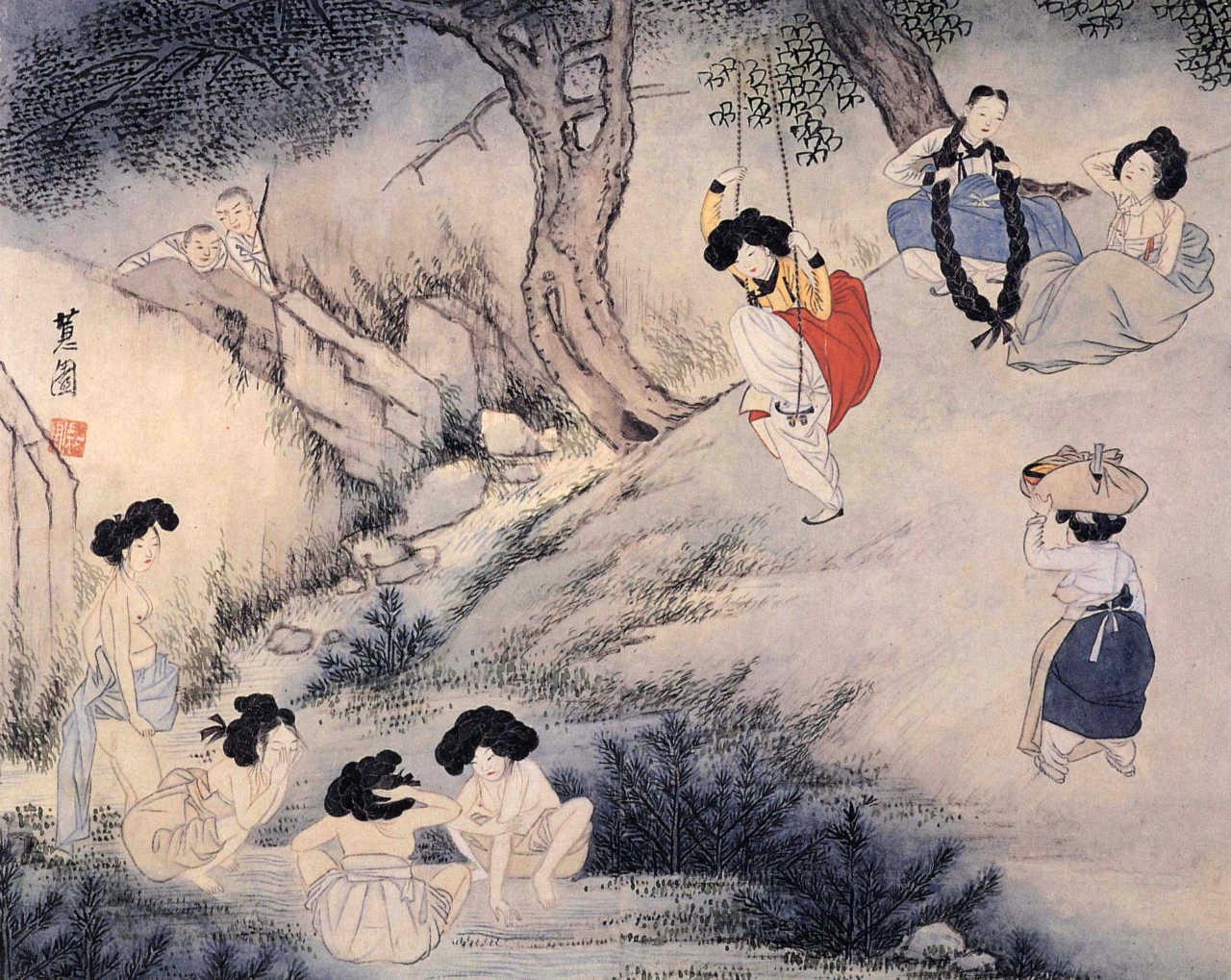
The inspiration for the million-seller came from a cigarette package, according to the author.
“When I was around 7 or 8 years old, there was a particular cigarette called ‘Dano’ that people used to smoke (in the '70s).”
The cigarette case featured a woman from Shin’s painting “Scenery on Dano Day,” wearing a hanbok with a yellow jacket and red skirt getting on a swing. The vibrant colors captivated the young child’s eyes.
“I remember seeing the striking colors and delicate lines, and I presumed that the artist who drew it must have been a woman,” Lee recalled. The belief persisted for nearly a decade, as the name “Yun-bok” does not necessarily hint at the artist’s gender. Lee came across the truth in a middle school art class -- that Shin was, in fact, a male.
“It was quite a shock,” Lee chuckled. “Throughout my childhood, I had regarded Shin as a woman. … The memory stuck with me, and I felt compelled to tell Shin’s story, to delve into his narrative and art.”
Lee likened the creative process to tending to a growing tree. It begins with a seed of an idea, buried deep, nurtured and refined over the years until it blossoms into a story.
“Most of my works take shape over an extended period,” said Lee. “Readers might assume that writers get a sudden burst of inspiration one day, like a light bulb moment, but my writing process starts from a tiny ember.”
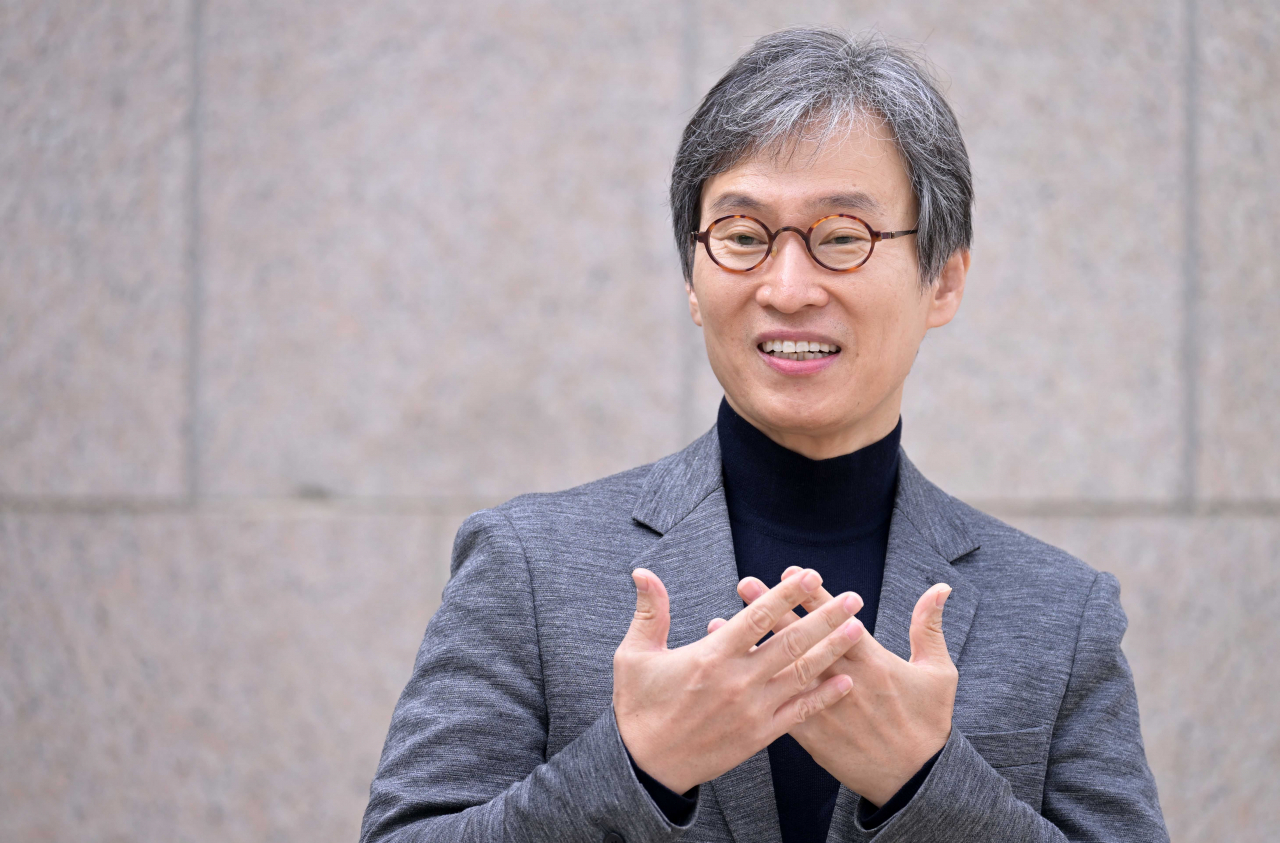
“Deep Rooted Tree” (2006), another iconic novel by Lee, also sold over 1 million copies and was made into an SBS drama series in 2011.
The story revolves around a royal guard who embarks on an investigation into a series of murders of scholars inside Gyeongbokgung, while King Sejong works to create Hangeul, the Korean alphabet. The series starred Han Suk-kyu as King Sejong, Song Joong-ki as Young Sejong and Jang Hyuk and Shin Se-kyung.
Lee’s more recent historical thriller novel “The Investigation” (2012), translated by the award-winning Chi-Young Kim and published by Pan Macmillan in 2016, centers on the poet Yun Dong-ju during Japan's occupation of Korea.
The book was nominated for the Independent Foreign Fiction Prize in the United Kingdom in 2015 and was among the final six books selected for Italy's Premio Bancarella literary award.
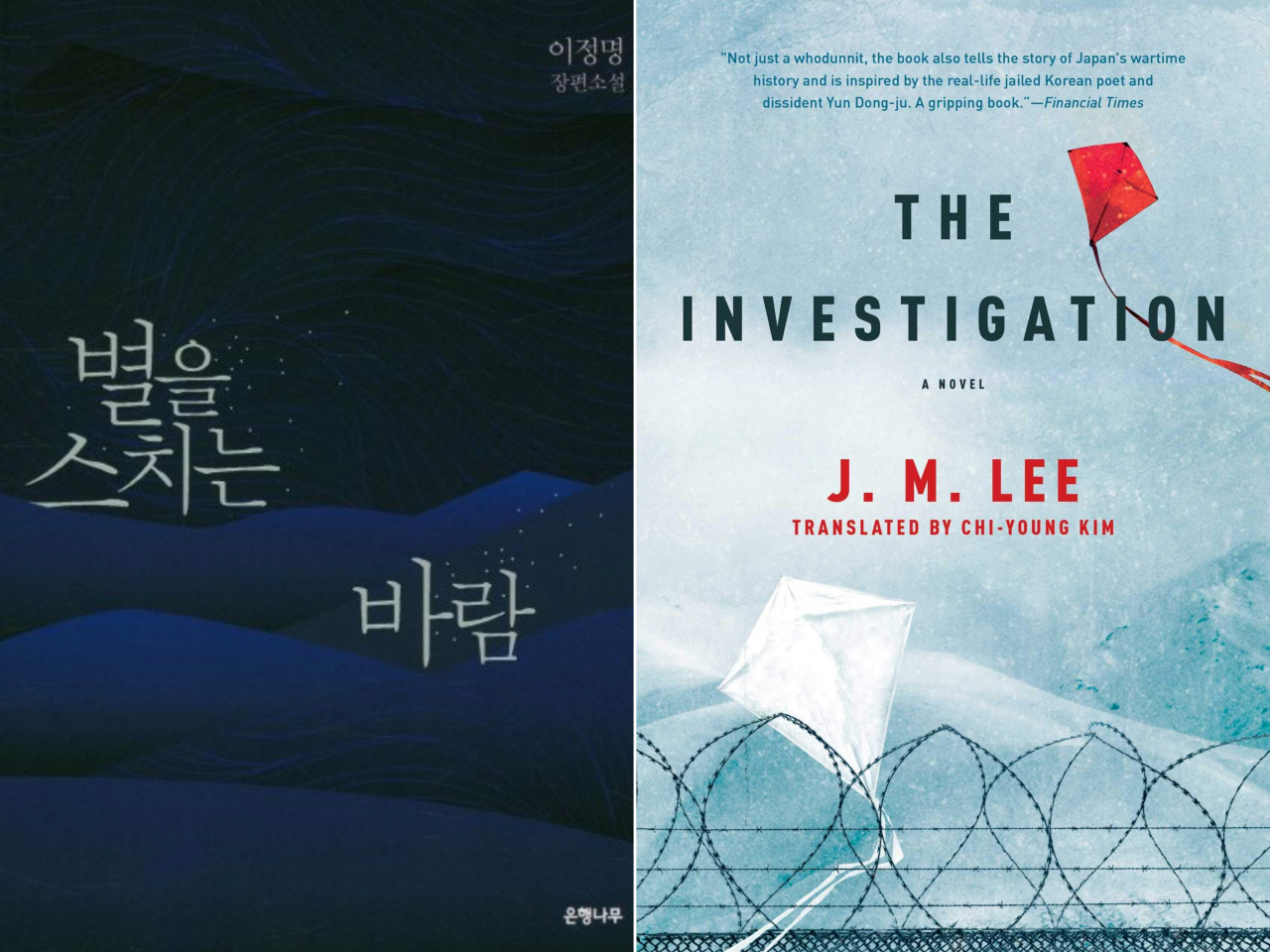
Lee said he considers every novel as essentially a blend of fact and fiction.
“Novels serve as a window through which writers can vividly portray a reality, often more clearly than the reality itself,” said Lee. “That is possible by interweaving imagination and fictitious elements with inspiration drawn from real-world facts.”
The author further reflected on the nature of history, noting that the “history as past,” or what really happened in history eventually fades away with time, leaving behind only the “recorded” history.
“As a writer, I would like to add one more perspective -- ‘history as imagination,’” said Lee.
“I find myself exploring the realm of history with imagination. So it is not necessary to distinguish which part is factual and which part is imaginative, in my stories.”







![[KH Explains] Hyundai's full hybrid edge to pay off amid slow transition to pure EVs](http://res.heraldm.com/phpwas/restmb_idxmake.php?idx=644&simg=/content/image/2024/04/18/20240418050645_0.jpg&u=20240419100350)







![[From the Scene] Monks, Buddhists hail return of remains of Buddhas](http://res.heraldm.com/phpwas/restmb_idxmake.php?idx=652&simg=/content/image/2024/04/19/20240419050617_0.jpg&u=20240419175937)

![[KH Explains] Hyundai's full hybrid edge to pay off amid slow transition to pure EVs](http://res.heraldm.com/phpwas/restmb_idxmake.php?idx=652&simg=/content/image/2024/04/18/20240418050645_0.jpg&u=20240419100350)

![[Today’s K-pop] Illit drops debut single remix](http://res.heraldm.com/phpwas/restmb_idxmake.php?idx=642&simg=/content/image/2024/04/19/20240419050612_0.jpg&u=)